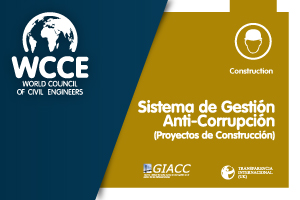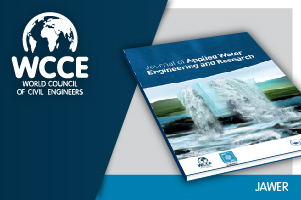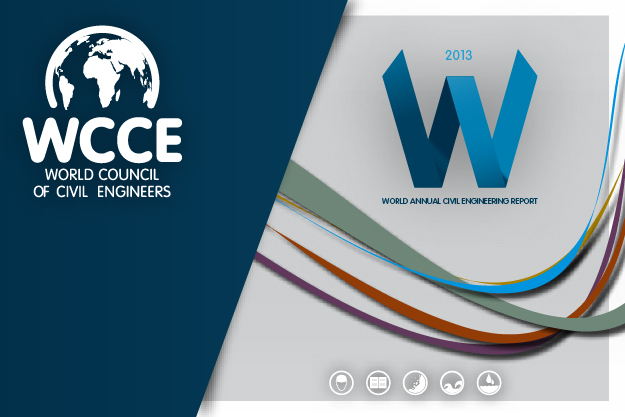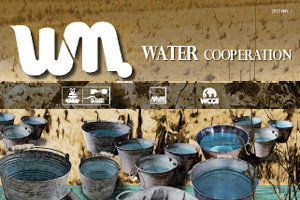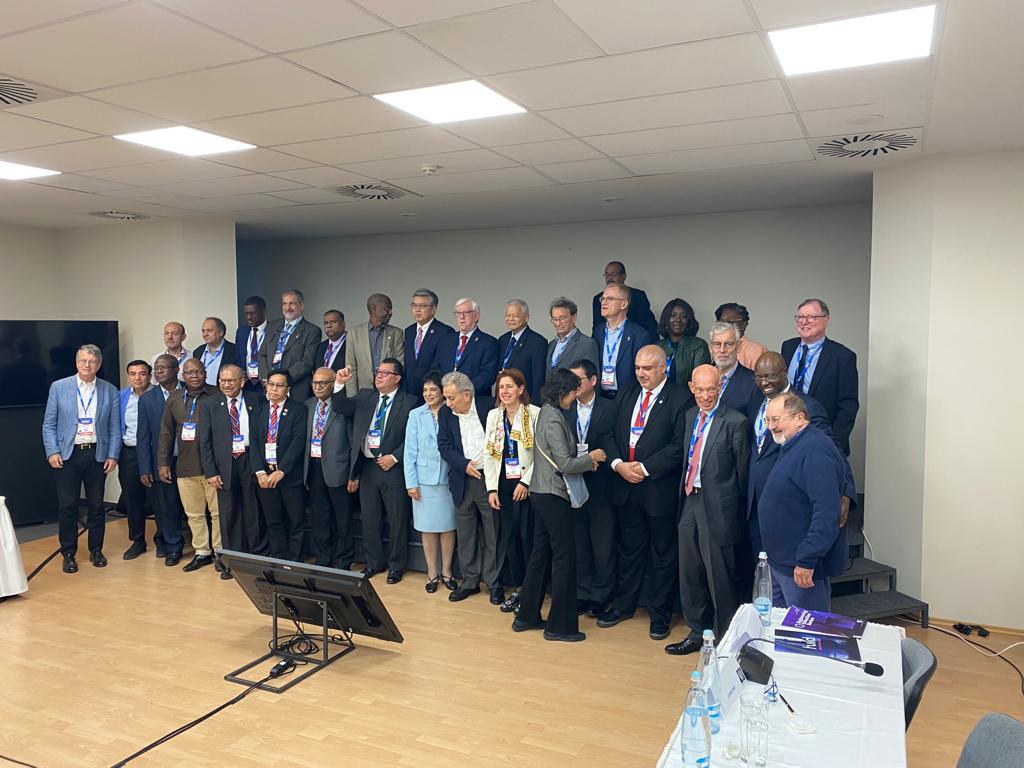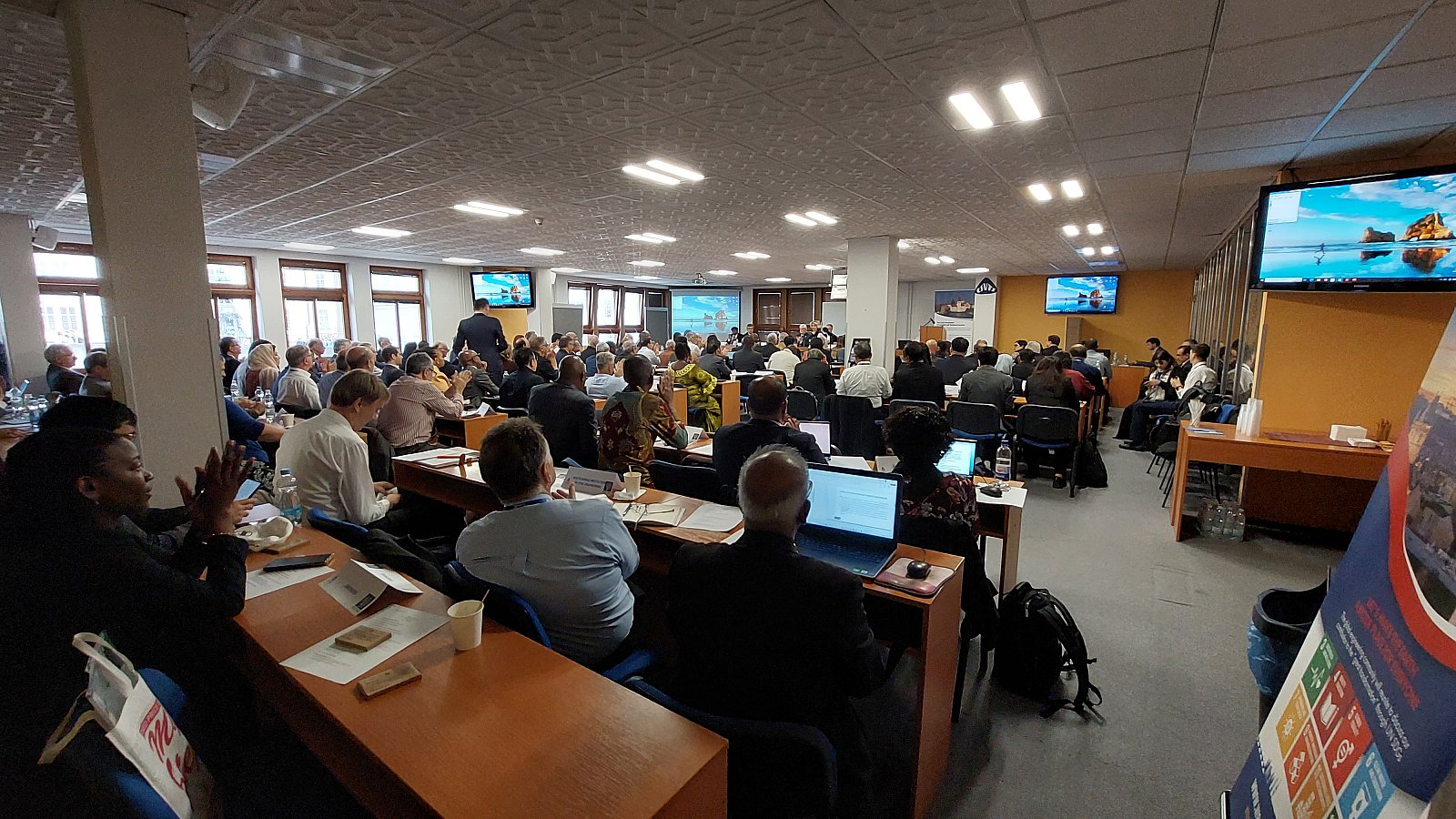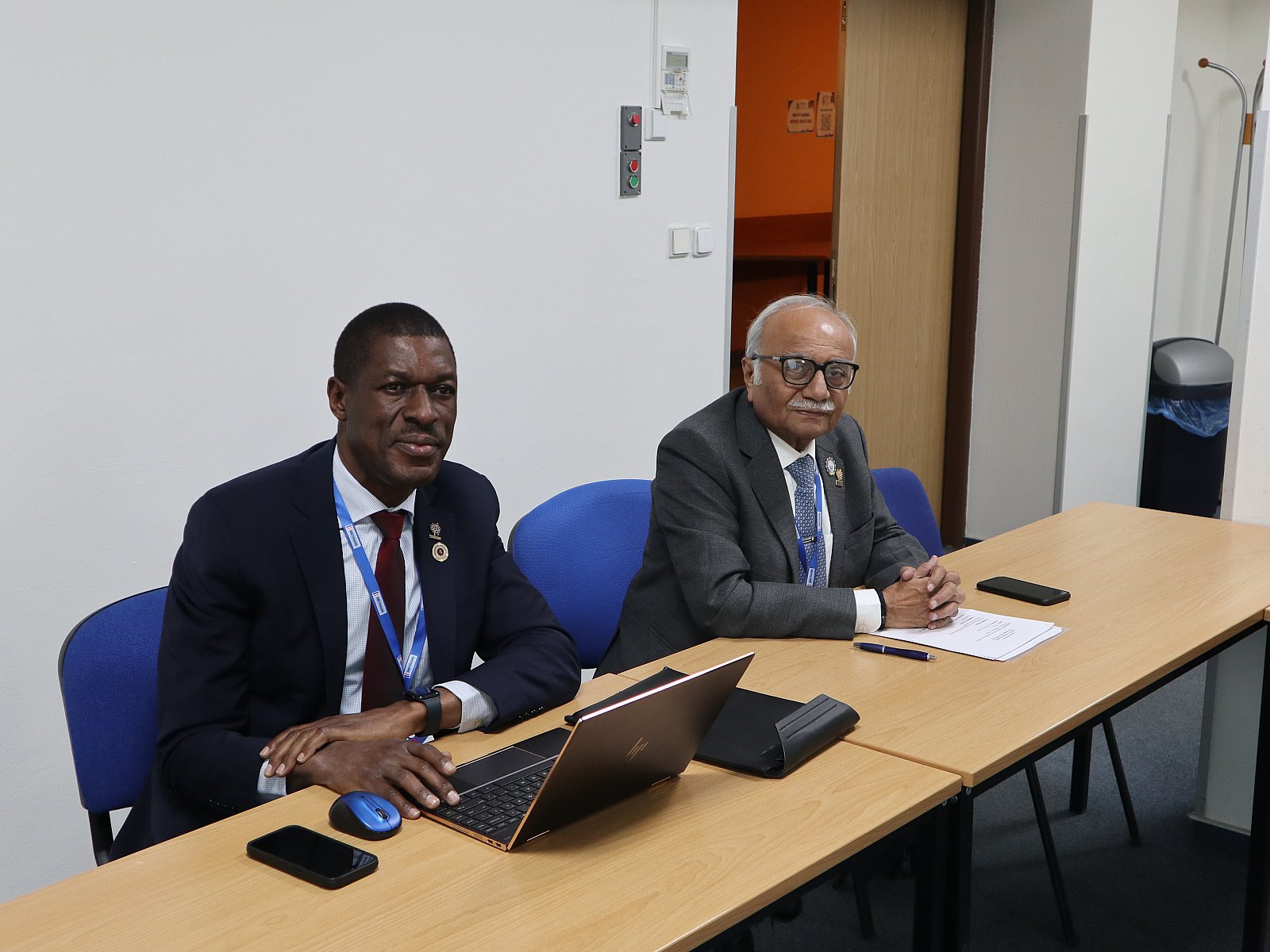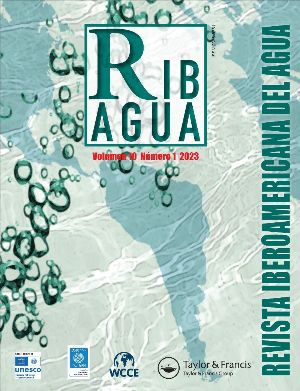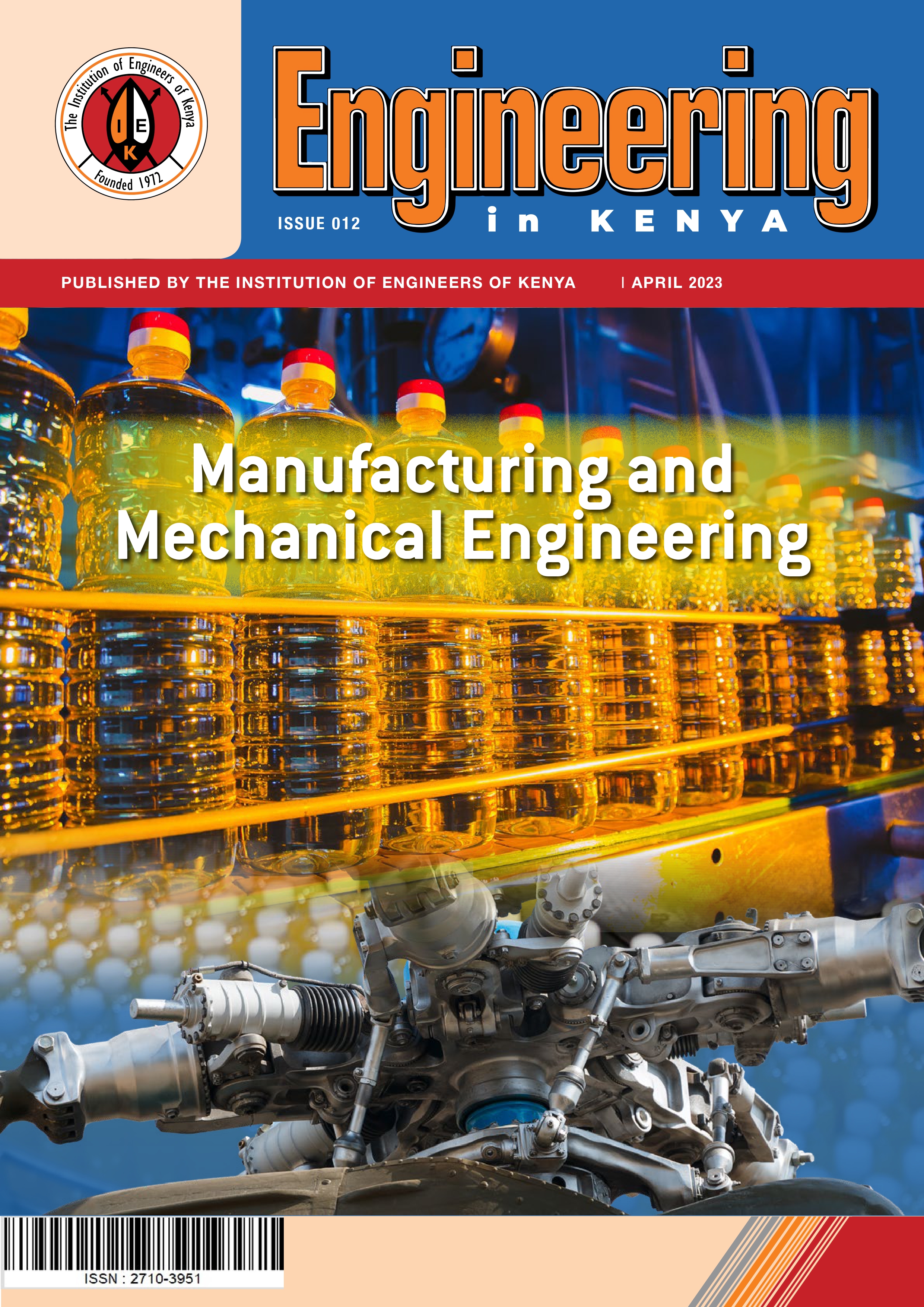International Conference on DROUGHT: Research and Science-Policy Interfacing
Spain
Among natural hazards, droughts are singular in many ways (e.g.: slow onset, difficult to recognize, non structural impacts). Moreover, droughts occur in arid and semiarid areas of the world, but also in humid areas, and can develop over short periods (weeks or months) or longer periods (seasons, years or even decades). They are complex large-scale phenomena involving numerous interacting climate processes and various land-atmosphere feedbacks. In addition, hydrological processes in river basins lead to a complicated propagation of the climate signal into the water system. Although progress is made, the phenomena are still not well understood, which makes it difficult to adequately characterize, monitor, forecast and manage drought.
Usually, droughts do not directly cause fatalities, but they have large socio-economic and environmental impacts affecting many sectors, and, depending on the regions, be triggering water and food related diseases and casualties. Large portions of USA, México, Brazil, Russia, China, India, Central Asia, South Africa, Great Horn of Africa, or Australia, are affected by drought. So globally, they affect more regions and more people than other natural hazards.
In Europe, these multi-facetted impacts happen both in water-stressed areas of Southern EU Member States, but also in countries where water availability has never before been a major concern. Over the last 25 years, droughts have occurred that have covered more than 800,000 km2 of EU territory (37%) and that had an effect on more than 100 million people (20%). The total cost of droughts over the past 30 years amounts to more than 100 billion Euros.
As in other regions of the world, climate change projections for some areas of Europe indicate that droughts are likely to become more frequent and more severe due to the increased likelihood of warmer Northern winters and hotter Mediterranean summers, together with decreases in precipitation and increases in evaporation and transpiration. Hence, there is an urgent need to improve drought preparedness through measures that reduce vulnerability to drought and the risks they pose, in particular considering the uncertain future.
All Dates
- From Tuesday, 10th March 2015 00:00 to Friday, 13th March 2015 00:00
Powered by iCagenda



